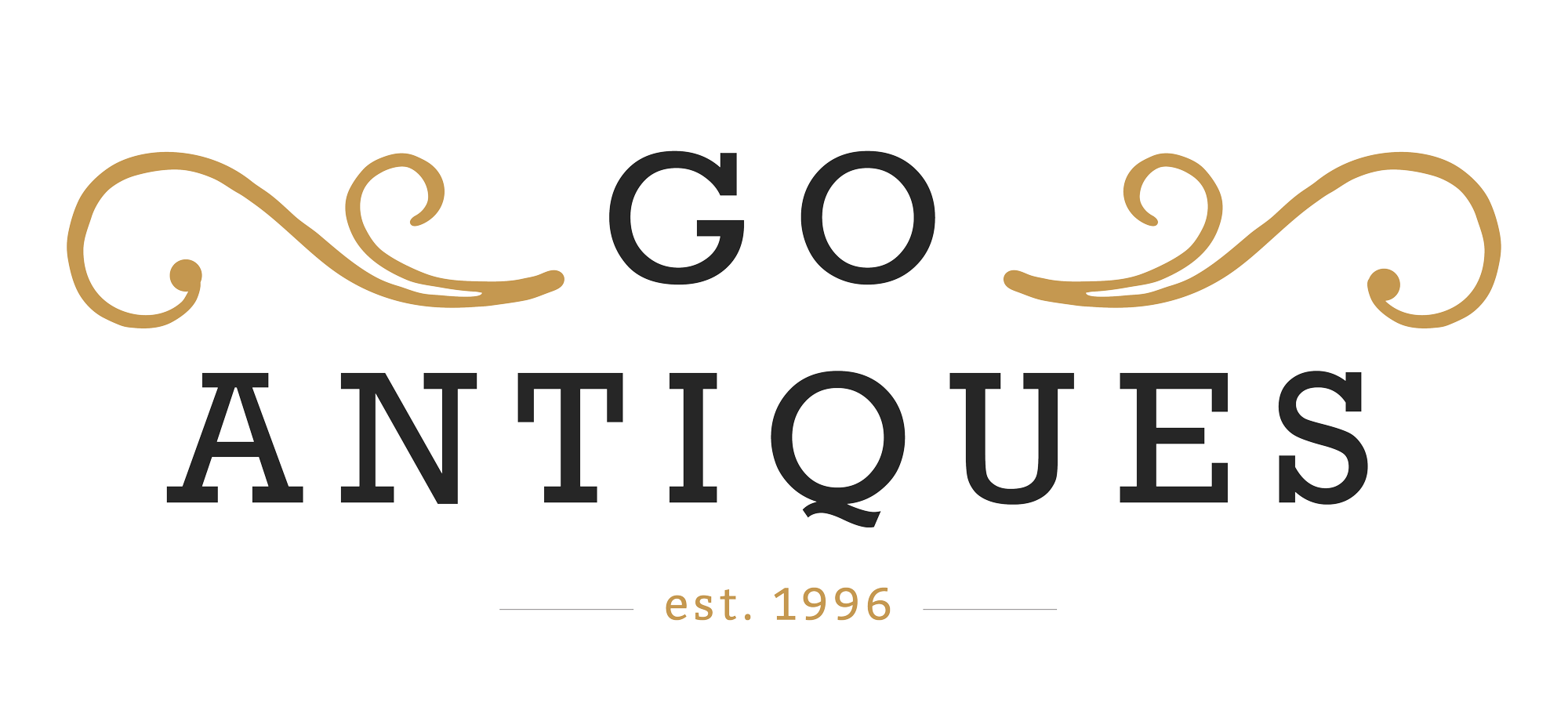GoAntiques social media channels are building a following, with the goal of capturing not only the serious collector, but also the design-influenced buyer, a market with great spending power, as mentioned in the July Newsletter, The HGTV Effect. The channels use text and interior decor photos, carefully chosen to inspire followers, who in turn search GoAntiques storefronts to find the items that turn this inspiration into reality. Follow us on Instagram (@go_antiques) and Pinterest (@goantiques) to see the types of items that this market wants.
Google Analytics show us where buyers travel, and what they do. Currently, 65% of buyers leave the website after searching for an item. Research has shown us that the visual clarity of item images plays a large role in buyers committing to making a purchase.
We’re sure plenty of questions are driving your thoughts. I don’t have a lighting setup, I operate out of my home, do you really think I have the money to take these photos? Your inventory photos don’t need a magazine photographers’ skills. As long as your inventory photos are sharp, well-lit, solid images; there is a higher potential for a completed sale. To finish, here are 5 tips for taking better inventory photos:
- Always Upload Sharp, High Quality Photos. If your photo is not sharp, or is grainy enough to make the image blurry, use something (a tripod, stack of books, etc) to steady your camera or smartphone. Sharp photos are absolutely critical. Uploading high resolution images is important, because photos lose quality when they are transferred.
-
Include as Many Angles and Details as You Can. Include details, all sides, any labels, tags or makers’ marks, and wear & tear areas. Anything a customer would check in a brick & mortar store should be photographed.
-
Use Diffused, Natural Lighting as much as possible (outside in shade, inside near window, white tent). Your camera or iPhone’s flash is NOT your friend here. Flashes cause hot spots, uneven lighting, dark shadows, and an unnatural color cast. An image yellowed by lack of light or bad flash is unattractive and works against your sales.
-
Make the Product Take up Most of the Frame, removing unnecessary background space brings the focus of your photo onto the item. Be sure to include a yardstick (something standard) for scale.
-
Keep the background clear, consistent & neutral. White is the easiest background to recreate time after time. Consistency, in your backgrounds, reads well on storefront feeds. Small items can be shot in a light tent or on seamless paper for very little cost.
Looking for more? There are hundreds of articles and YouTube videos that teach non-photographers how to shoot inventory, as well as how to create an inexpensive set-up you can use repeatedly. If you are interested in learning more about DIY photography, here are a few of our favorites:
- https://www.bigcommerce.com/blog/how-to-rock-product-photography-on-a-budget/
- http://mywifequitherjob.com/8-product-photography-tips-for-beginning-shop-owners/
- https://www.pixelz.com/blog/use-smartphone-to-capture-high-quality-product-images/
- https://www.shopify.com/blog/12206313-the-ultimate-diy-guide-to-beautiful-product-photography




